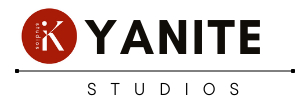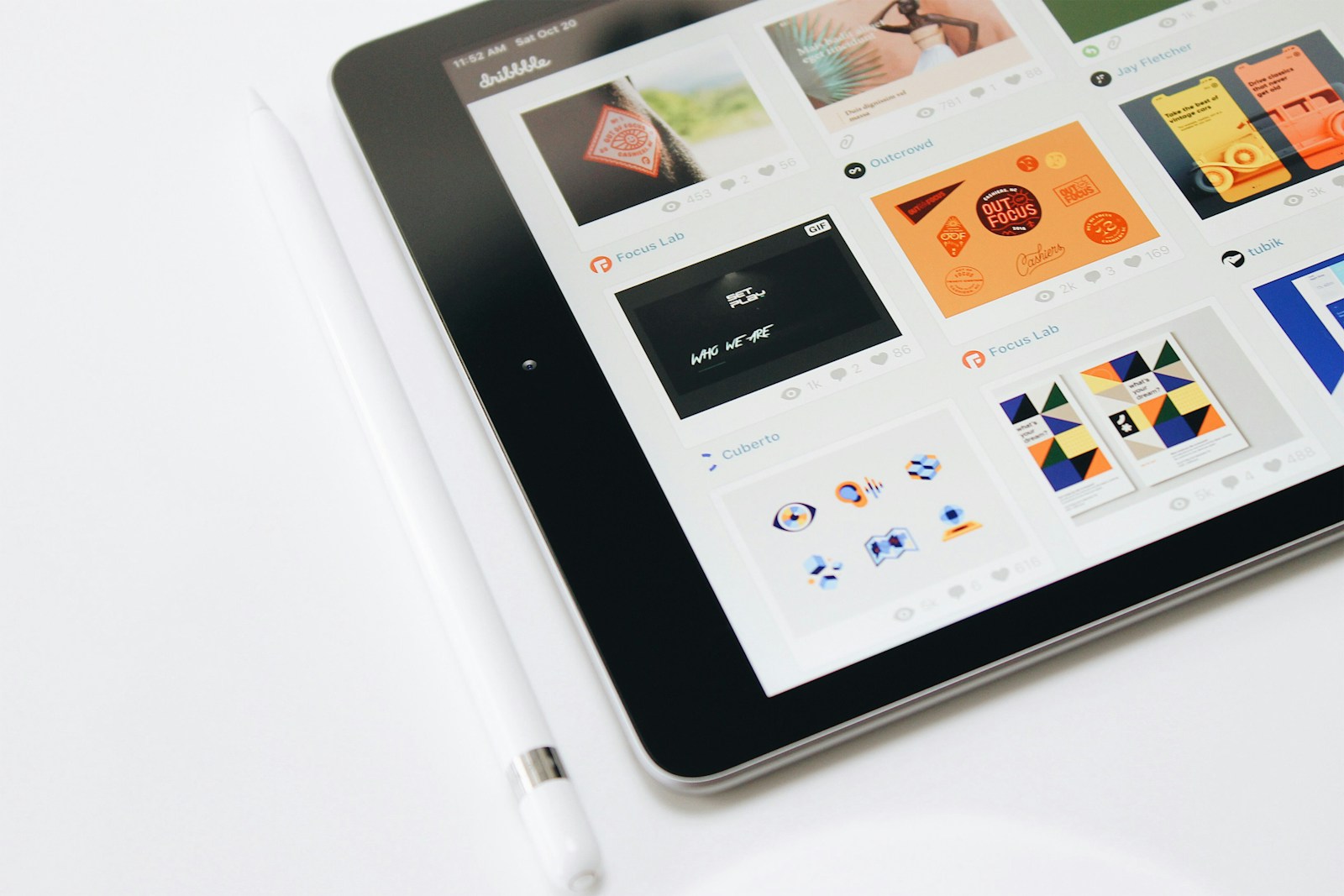Designing a product is a complex and multifaceted process that requires careful planning, creativity, and attention to detail. However, even the most experienced designers can fall into common traps that can derail a project. Here are the top seven common mistakes in product design and how to avoid them.
1. Overemphasizing Aesthetics at the Expense of Functionality
While a visually appealing product can attract customers, focusing too much on aesthetics can lead to functionality issues. A product that looks great but doesn’t work well will ultimately fail to satisfy users.
How to Avoid: Strive for a balance between aesthetics and functionality. Ensure that the product not only looks good but also performs its intended function effectively. Conduct usability testing to identify and address any functional issues before finalizing the design.
2. Skipping User Research
Designing a product without understanding the needs and preferences of your target audience is a recipe for failure. User research is crucial for gaining insights into what users want and need from a product.
How to Avoid: Invest time in conducting thorough user research. Use surveys, interviews, and focus groups to gather information about your target audience. Create user personas and empathy maps to guide your design decisions and ensure that the product meets user needs.
3. Ignoring Market Trends
Failing to stay updated on market trends can result in a product that is outdated or irrelevant by the time it launches. Market trends can provide valuable insights into what consumers are looking for and what competitors are offering.
How to Avoid: Regularly monitor market trends and competitor products. Attend industry conferences, read relevant publications, and engage with your target audience on social media. Use this information to inform your design process and ensure that your product is timely and relevant.
4. Rushing the Design Process
Time pressure can lead to rushed design decisions, which can compromise the quality of the final product. Skipping important steps in the design process can result in overlooked details and costly mistakes.
How to Avoid: Allocate sufficient time for each stage of the design process, from ideation to prototyping and testing. Set realistic deadlines and avoid cutting corners. Remember that a well-thought-out design process is essential for creating a high-quality product.
5. Falling in Love with Your Solution
It’s easy to become attached to a particular design solution, especially if it’s your own idea. However, this can lead to a lack of objectivity and an unwillingness to consider alternative solutions.
How to Avoid: Stay open to feedback and be willing to iterate on your design. Encourage a culture of collaboration and constructive criticism within your team. Test multiple design solutions and choose the one that best meets user needs and project goals.
6. Neglecting to Test Prototypes
Skipping prototype testing can result in a product that doesn’t work as intended or fails to meet user expectations. Prototyping is a critical step for identifying and addressing design flaws.
How to Avoid: Create prototypes early and test them with real users. Use the feedback to make necessary adjustments and improvements. Iterate on your design based on testing results to ensure that the final product is user-friendly and functional.
7. Overlooking Manufacturing Constraints
Designing a product without considering manufacturing constraints can lead to production issues and increased costs. A design that is difficult or expensive to manufacture may not be viable.
How to Avoid: Collaborate with manufacturers early in the design process to understand their capabilities and limitations. Design with manufacturability in mind, and choose materials and processes that are cost-effective and feasible. Ensure that your design can be produced efficiently and at scale.
Conclusion
Avoiding these common mistakes in product design requires a thoughtful and methodical approach. By balancing aesthetics with functionality, conducting thorough user research, staying updated on market trends, allowing sufficient time for the design process, remaining open to feedback, testing prototypes, and considering manufacturing constraints, you can create a product that not only looks great but also meets user needs and performs well in the market. Remember, successful product design is about creating a harmonious blend of form, function, and feasibility.

